
Convincing links have been shown between
the care-giving roles and economic
responsibilities of children in families living
with HIV and disruptions to schooling for
girls. Evidence indicates that HIV, among
other sexually transmitted infections,
exacerbates the gender-based inequalities
that already exist in the education sector. In
most cases this disadvantages girls in their
access to quality education and also
disadvantages women in their employment
opportunities as educators and
administrators.
Women and girls are not only biologically
more at risk of contracting HIV, but gender
norms also reinforce girls’ roles as care-
givers and girls often provide economic
support to their families, particularly given
the educational preference for boys in many
countries.
Gender inequality around the world > Social > Education > Discrimination against girls
Menu:
Overview
The face of poverty is female
What is SRHR?
Equal opportunities for all
Gender inequality around the world
Social
1. Health
HIV
Maternal health
2. Education
Early and forced marriage
Discrimination against girls
Comprehensive sexuality education
3. Sexual and Gender Based Violence
Economic
1. Unpaid care burdens
2. Formal and informal markets
3. Empowerment
Political
1. Discrimination
2. Changing social norms
3. Peace building
IPPF’s recommendations: 6 steps for moving towards equality and sustainable development
1. Laws that support sexual and reproductive health and rights
2. Funding for sexual and reproductive health and rights
3. Measure the outcomes that really matter
4. Engage men and boys as partners in gender transformative change
5. Laws to eliminate sexual and gender-based violence
6. Strengthening political capacity of women at the grassroots level
Downloads and links